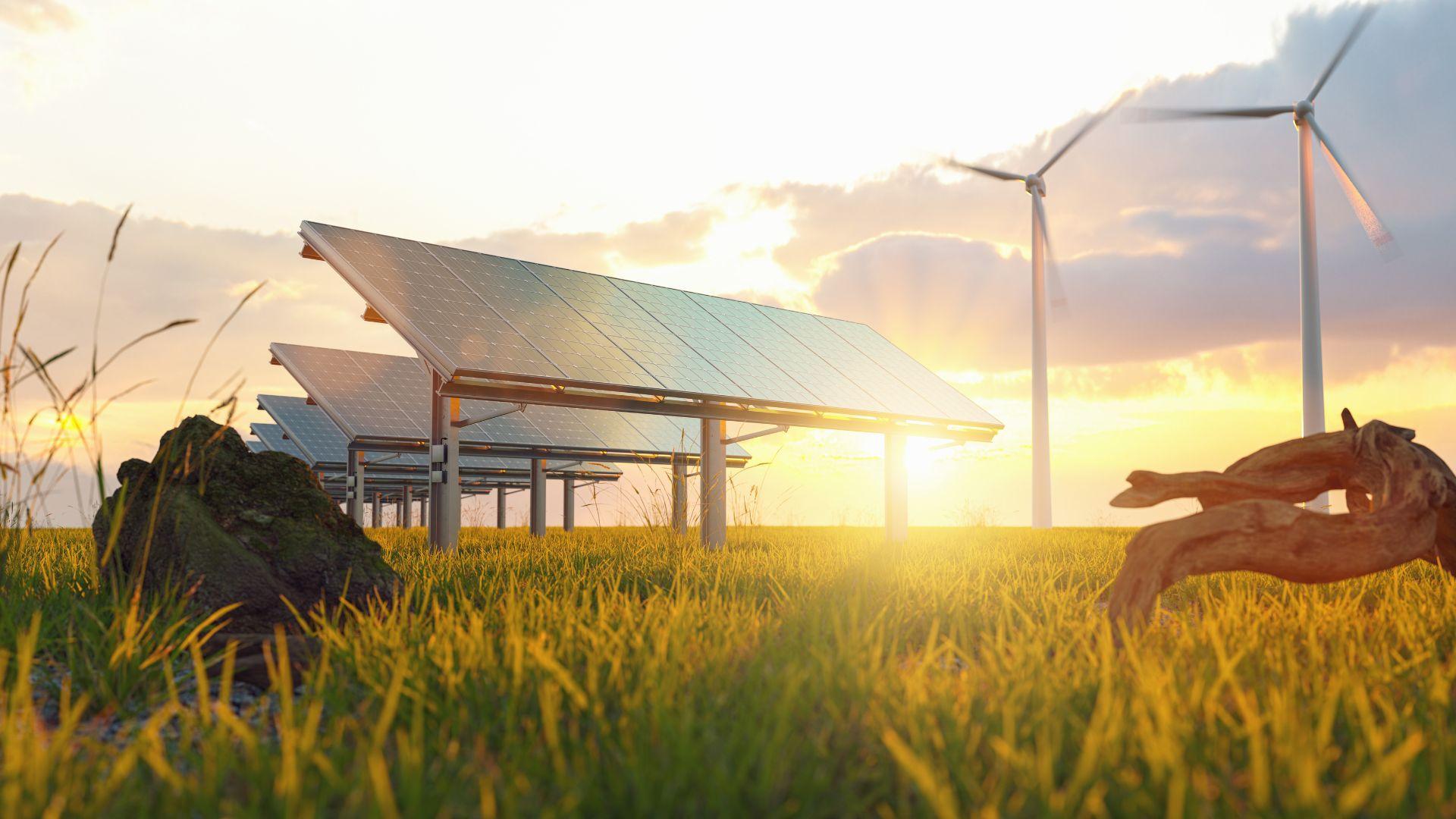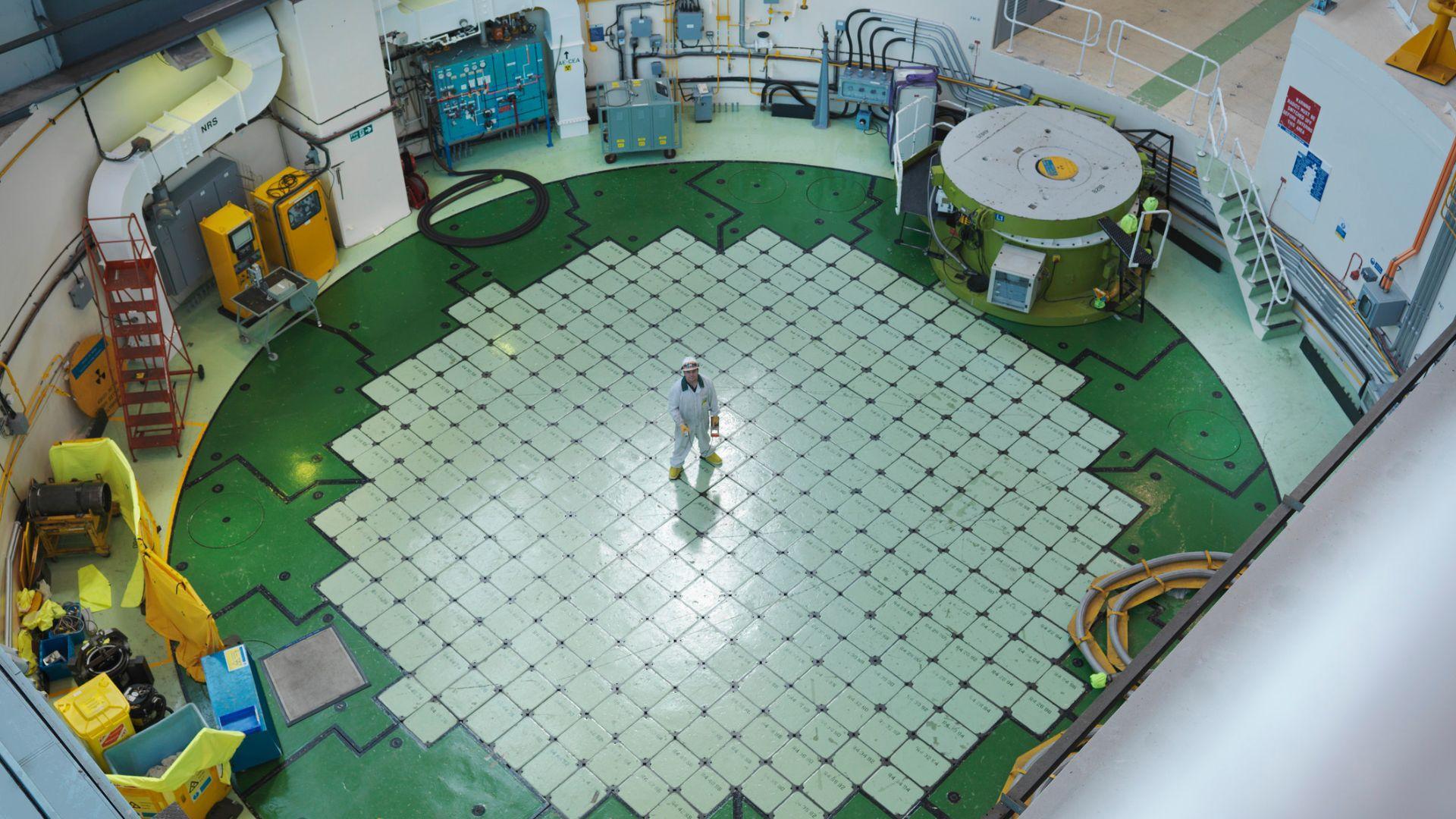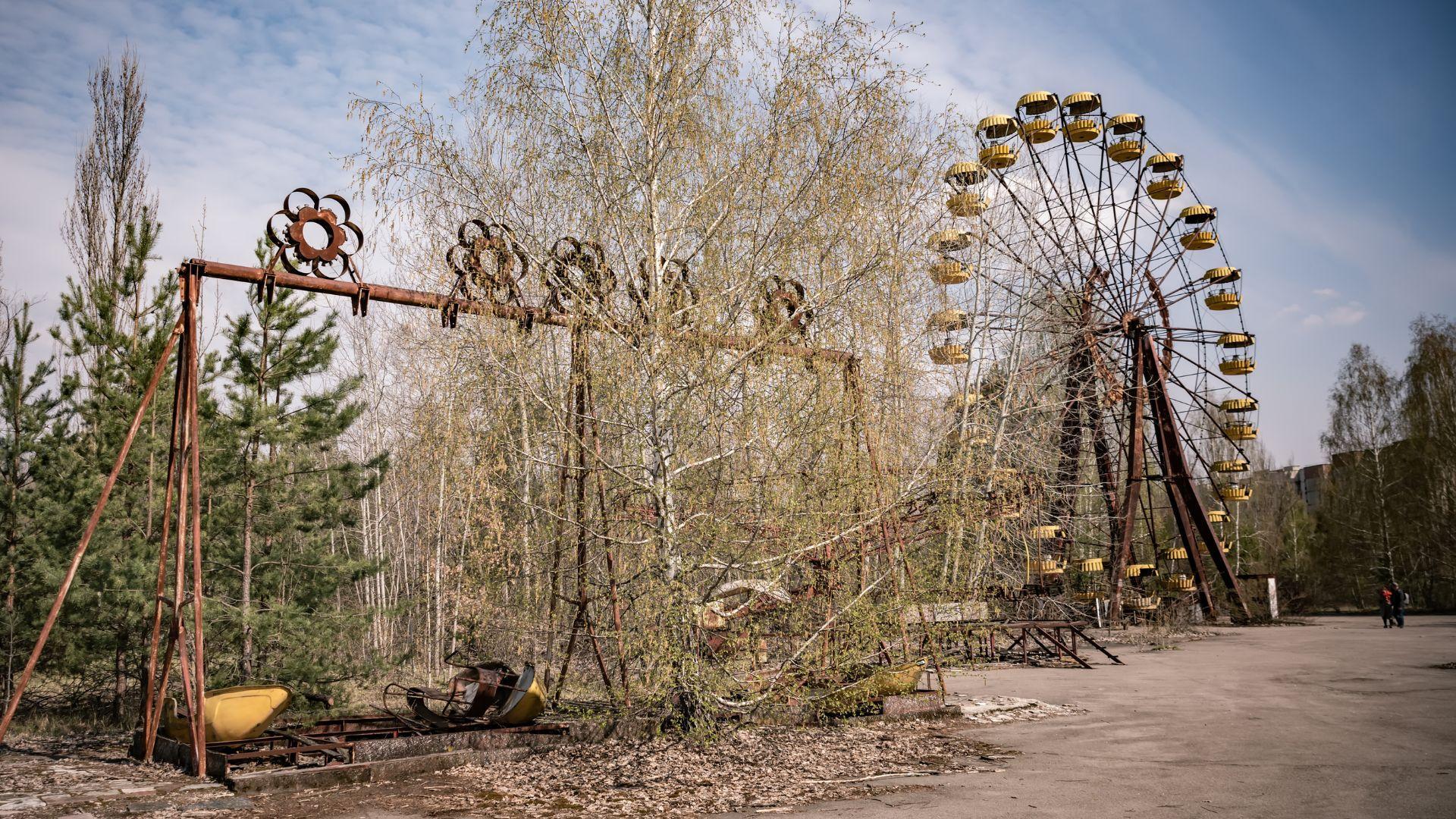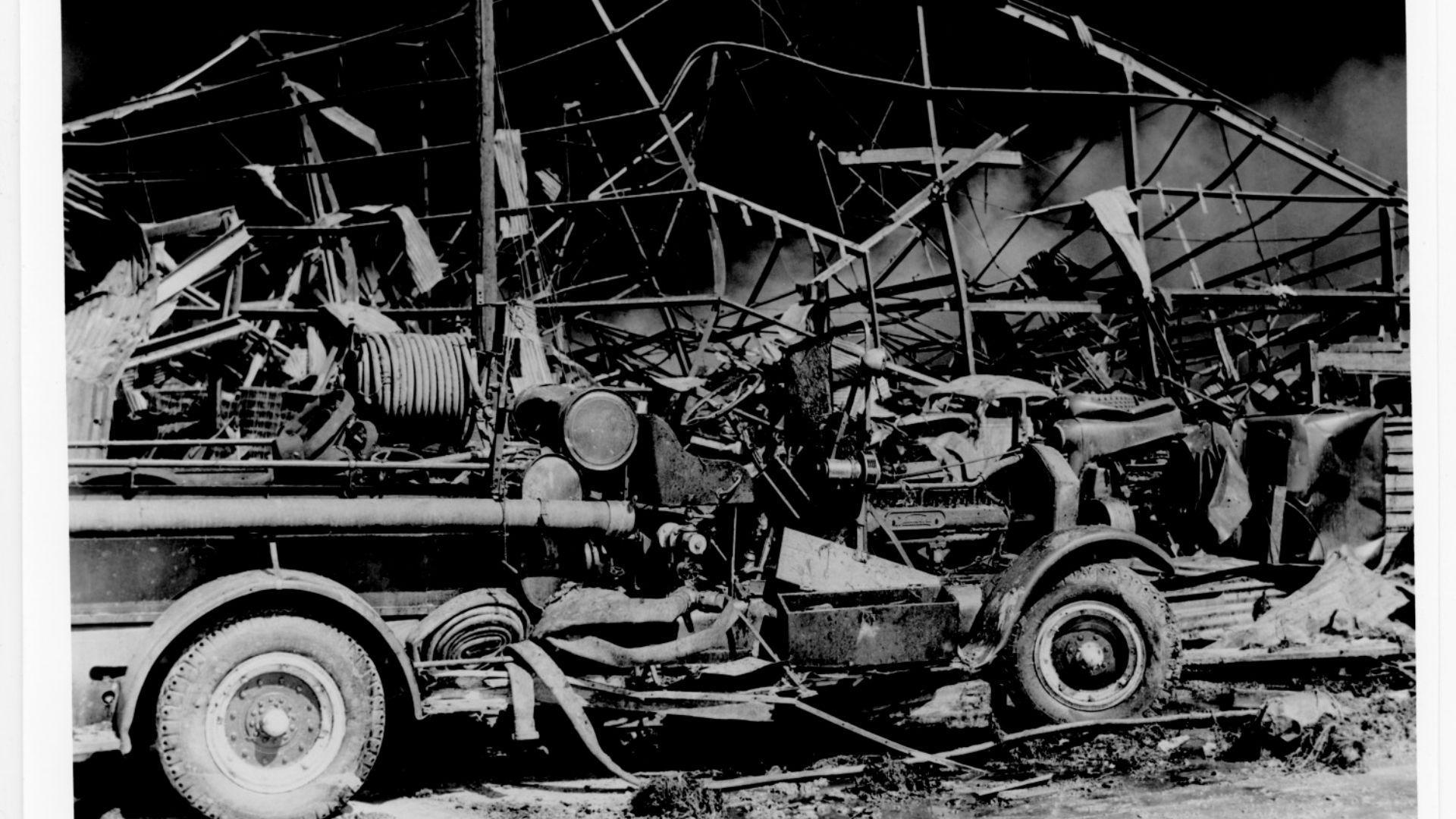Nuclear energy has long been a topic of heated debate, often surrounded by fear, misinformation, and misconceptions. As the world grapples with climate change and the need for clean, reliable energy sources, it’s crucial to separate fact from fiction when it comes to nuclear power.
From safety concerns to environmental impact, we’ll dive into the science behind nuclear power and examine its role in our energy future.Whether you’re a skeptic, an advocate, or simply curious about nuclear energy, join us as we unravel the myths and discover the atomic truths that could shape our world’s energy landscape.
Nuclear Power Plants Can Explode Like Nuclear Bombs

The idea that nuclear power plants can explode like nuclear bombs is a common misconception rooted in a lack of understanding about the fundamental differences between these technologies. Nuclear power plants use low-enriched uranium fuel, typically enriched to about 3-5% U-235, which is far below the 90% enrichment required for weapons-grade material.
Moreover, the design and operation of nuclear reactors prevent the type of uncontrolled chain reaction necessary for a nuclear explosion. Reactors are built with numerous safety systems and physical barriers that make such an event physically impossible. While serious accidents can occur, as history has shown, they do not result in nuclear explosions.
Nuclear Energy is Not Safe

The safety of nuclear energy is often misunderstood due to high-profile accidents and the invisible nature of radiation. However, when measured by deaths per unit of energy produced, nuclear power is statistically one of the safest forms of energy generation. Modern reactors are designed with multiple layers of safety systems, including passive safety features that don’t require human intervention or external power to operate.
Rigorous regulatory standards, continuous monitoring, and ongoing safety improvements further enhance nuclear safety. While the consequences of severe accidents can be significant, they are extremely rare. The nuclear industry’s focus on safety culture, extensive training, and lessons learned from past incidents have led to substantial improvements in plant safety over the decades.
Nuclear Waste Remains Dangerous for Millions of Years

While it’s true that some nuclear waste remains radioactive for very long periods, this statement oversimplifies a complex issue. The most hazardous components of nuclear waste, such as iodine-131 and cesium-137, have relatively short half-lives and decay to safe levels within decades or centuries. Only a small portion of nuclear waste remains highly radioactive for millennia.
Furthermore, the volume of nuclear waste produced is relatively small compared to other industrial wastes. Advanced waste management techniques, including vitrification and deep geological disposal, can safely contain this waste. Ongoing research into nuclear waste recycling and advanced reactor designs also promises to reduce the volume and longevity of nuclear waste in the future.
Nuclear Energy is Not Environmentally Friendly

This myth often stems from associating nuclear power with radiation risks and waste issues. However, when considering the full lifecycle of energy production, nuclear power is one of the most environmentally friendly large-scale energy sources available. During operation, nuclear plants produce virtually no greenhouse gas emissions, contributing significantly to climate change mitigation.
Nuclear power also has a small land footprint compared to many renewable sources and doesn’t require the extensive mining operations associated with fossil fuels. While uranium mining does have environmental impacts, these are relatively limited due to the high energy density of nuclear fuel. The environmental challenges of nuclear waste, while important, are localized and manageable compared to the global impact of carbon emissions from fossil fuels.
Renewable Energy Sources Can Entirely Replace Nuclear Energy

While renewable energy sources like solar and wind are crucial for a sustainable future, the idea that they can entirely replace nuclear energy oversimplifies the challenges of building a reliable, low-carbon energy system. Renewables face issues with intermittency (they don’t produce power when the sun isn’t shining or the wind isn’t blowing) and require significant energy storage solutions, which are still developing.
Nuclear power provides a stable base load of electricity that can complement the variability of renewables. It can also produce power in all weather conditions and seasons, ensuring grid stability. As we transition to a low-carbon future, many experts argue that a mix of nuclear and renewable energy sources will be necessary to meet growing energy demands while reducing greenhouse gas emissions.
Nuclear Power Plants are Frequent Targets for Terrorists

The perception that nuclear power plants are frequent targets for terrorists is largely fueled by media portrayals and public fear rather than actual events. In reality, nuclear facilities are among the most secure industrial sites in the world, with multiple layers of physical and cyber security. These include robust containment structures, armed security forces, background checks for personnel, and sophisticated surveillance systems.
Moreover, the nuclear industry and regulatory bodies continuously assess and upgrade security measures to address evolving threats. International cooperation and intelligence sharing further enhance the protection of nuclear facilities. While the potential consequences of a successful attack are severe, the difficulty of breaching these defenses makes nuclear plants less attractive targets than many other critical infrastructure sites.
Chernobyl and Fukushima Prove Nuclear Power is too Dangerous

While the Chernobyl and Fukushima accidents were undoubtedly serious, using them as proof that all nuclear power is too dangerous ignores crucial context and technological advancements. The Chernobyl disaster resulted from a flawed Soviet reactor design and serious operator errors. Modern reactors have numerous safety features that make such an accident physically impossible.
Fukushima, while more recent, was caused by an unprecedented natural disaster and highlighted specific vulnerabilities that have since been addressed worldwide. The nuclear industry has learned valuable lessons from these incidents, leading to significant improvements in reactor design, safety protocols, and emergency preparedness. It’s worth noting that despite these high-profile accidents, nuclear power has still caused fewer deaths per unit of energy produced than many other sources.
Nuclear Energy Contributes to Nuclear Weapons Proliferation

The link between civil nuclear power programs and nuclear weapons proliferation is often overstated. While both use fissile materials, the technologies and processes involved are quite different. Civil nuclear programs are subject to strict international safeguards and inspections by the International Atomic Energy Agency (IAEA) to prevent diversion of materials for weapons use.
Furthermore, the enrichment levels required for nuclear fuel (typically 3-5% U-235) are far below those needed for weapons (usually over 90%). Countries with nuclear weapons have typically developed them through dedicated military programs, not civilian power plants. While proliferation concerns are valid and require ongoing vigilance, they don’t negate the potential benefits of peaceful nuclear power use when proper safeguards are in place.
There is Not Enough Uranium to Sustain Nuclear Power Long-Term

The concern about uranium scarcity is based on outdated information and doesn’t account for several important factors. Current known uranium reserves can sustain nuclear power at present consumption rates for many decades. Moreover, as prices rise, previously uneconomical uranium deposits become viable, effectively increasing the available reserves.
Additionally, technological advancements promise to extend uranium resources significantly. Breeder reactors and advanced fuel cycles could potentially increase the efficiency of uranium use by up to 60 times. There’s also the possibility of extracting uranium from seawater, which, while currently expensive, could provide a nearly inexhaustible supply. Thorium, another potential nuclear fuel, is even more abundant than uranium and could further extend nuclear fuel resources.

